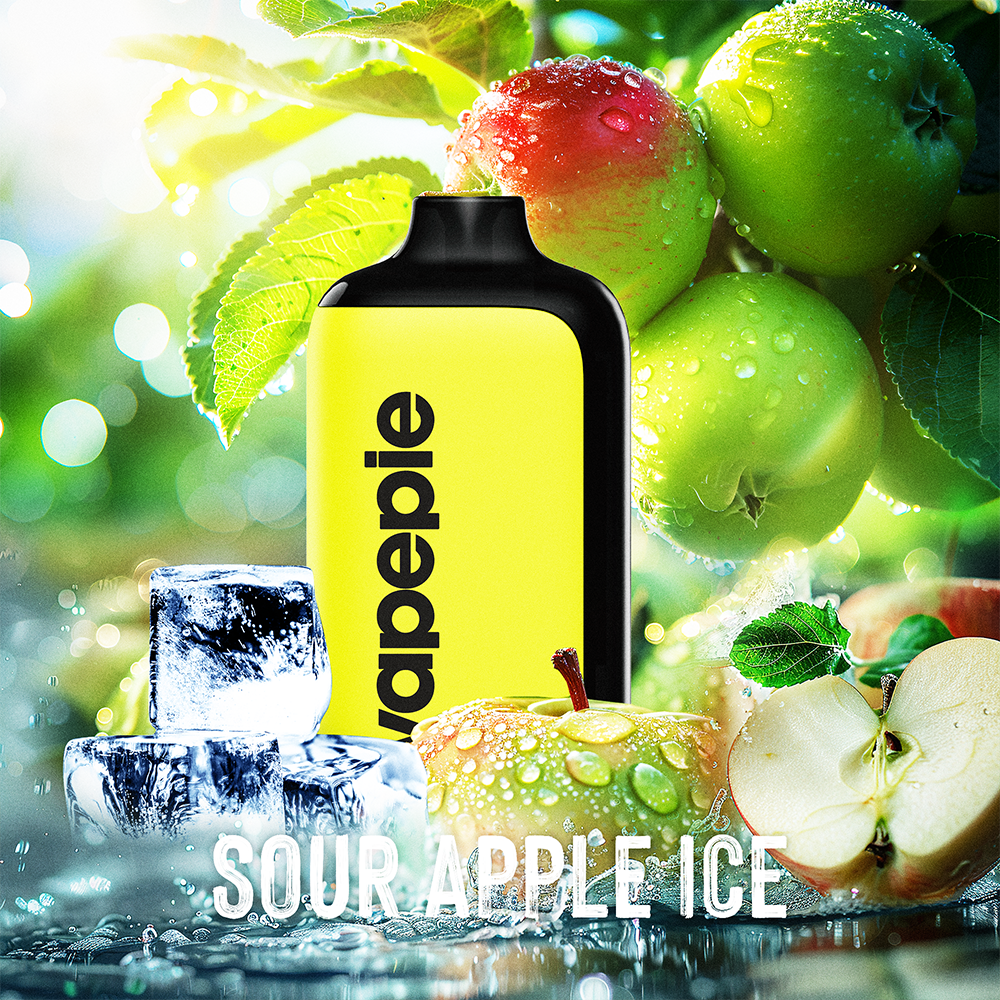
🔞 Are You 21 or Older?
This website contains products intended for adults only. You must be 21 years of age or older to enter.

This website contains products intended for adults only. You must be 21 years of age or older to enter.
Some items are no longer available. Your cart has been updated.
This discount code cannot be used in conjunction with other promotional or discounted offer.
As of May 2025, the U.S. government has officially reinstated higher tariffs on a range of Chinese imports — including consumer electronics, hardware components, and vaping products. This move follows the end of a temporary reduction period and marks a return to stricter trade barriers between the world’s two largest economies.
The Biden administration recently announced that tariffs on certain categories of Chinese goods would rise back to pre-2022 levels — in some cases exceeding 25%. This includes a broad list of imports relevant to the vape industry, such as batteries, coils, and disposable vape devices. In response, China has also reimposed counter-tariffs on select U.S. exports.
Vape brands and retailers that rely on Chinese manufacturing will see a direct impact:
Increased import costs: Higher tariffs mean higher costs for wholesale orders shipped from China.
Potential retail price increases: Some brands may pass these costs on to consumers.
Shipping delays: Customs clearance processes may become slower as inspections increase.
Pressure on smaller brands: Startups and low-margin vape resellers may struggle to stay competitive.
If you’re a vape business owner or wholesaler in the U.S., now is the time to:
Stock up while rates are stable (if possible, before the full effects kick in).
Diversify your suppliers across different regions such as Southeast Asia or domestic manufacturers.
Streamline your inventory and prioritize high-demand, high-margin products.
Trade experts predict that tariff levels could fluctuate again based on upcoming negotiations and election outcomes. For now, the key is staying informed and agile — especially for industries like vaping that depend heavily on overseas production.
Conclusion
The return of U.S.-China tariffs in 2025 signals a more uncertain future for vape businesses operating internationally. Brands should prepare for higher import costs and consider supply chain adjustments now to stay ahead of the curve.

Comment